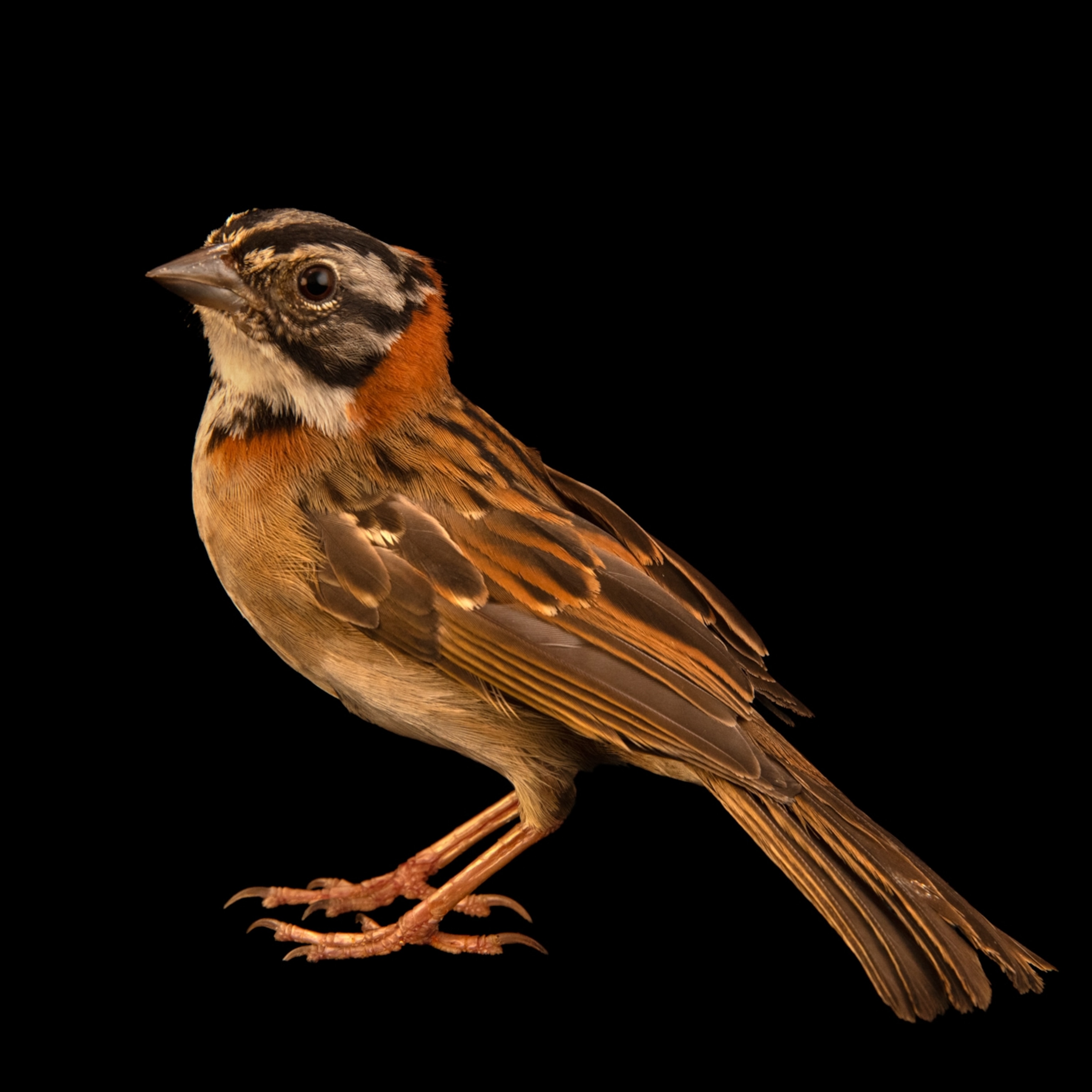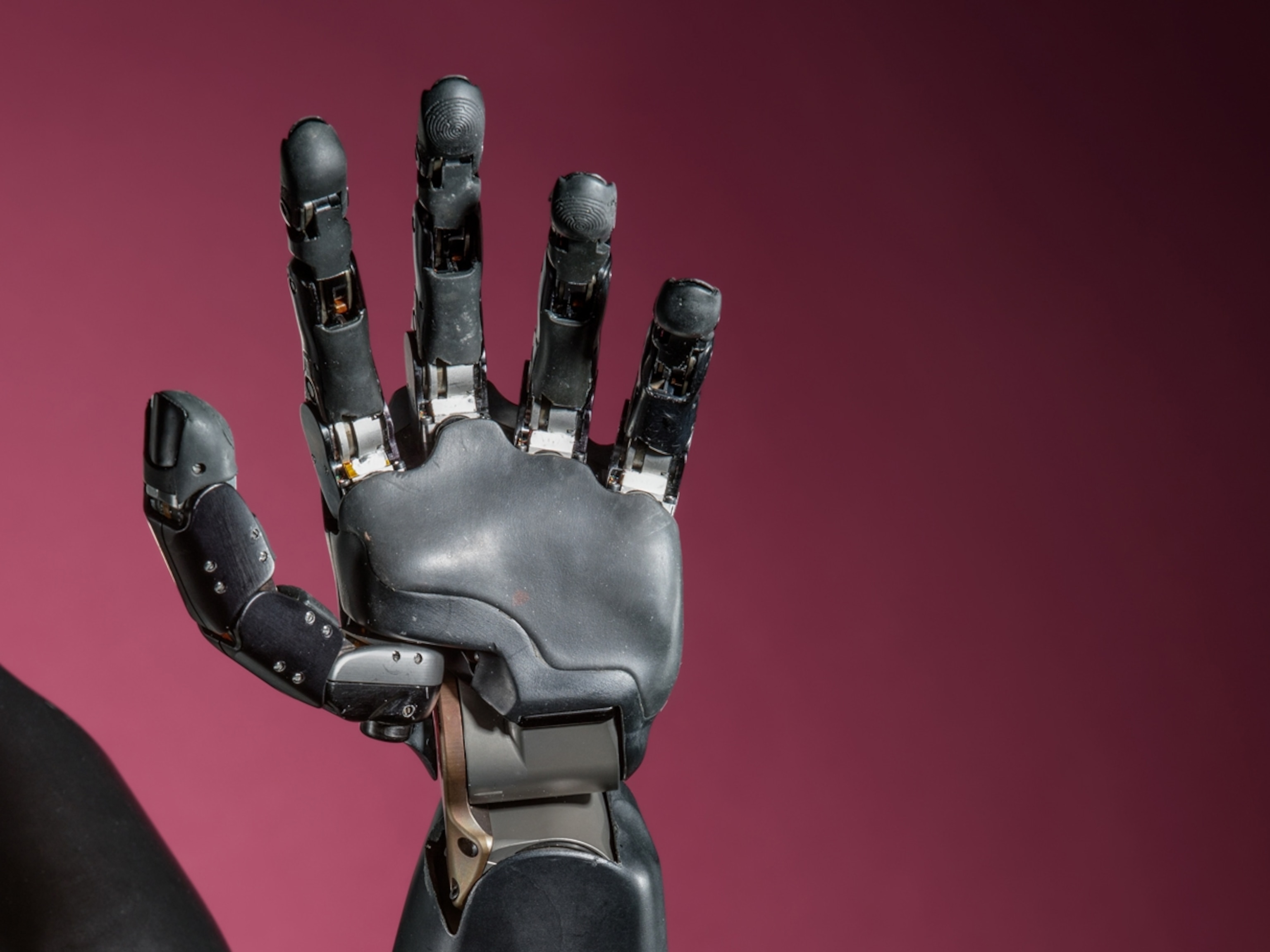
5 Surprising Drone Uses (Besides Pizza Delivery)
Domino's delivery may be a farce, but drones are set to become common in American skies.
We all know drones can deliver death on the battlefield, but might they also soon be delivering hot pizzas to your door? While the "DomiCopter," the brainchild of a British Domino's pizza franchise, delivered a pair of hot pies in a YouTube video promotion that caught a lot of attention this week, such service won't be available anytime soon.
In the United States, it would be downright illegal.
"It flew beyond the operator's visual line of sight, and while you'd have to do that for a delivery operation, that is something that the FAA won't even consider allowing because of security and safety concerns," said Ben Gielow, a spokesman for the Association for Unmanned Vehicle Systems International, referring to the Federal Aviation Administration.
Still, plenty of surprising civilian uses have emerged for the unmanned aerial system (UAS) technology, which is best known for military and intelligence applications like aerial surveillance and targeted assassinations.
Today, only government agencies, some public universities, and a handful of private companies hold the few hundred existing FAA permits to fly private drones. But the Federal Aviation Administration is set to further open skies to commercial drones by 2015 and expects to see perhaps 7,500 in the air by 2020—most of which will likely be small machines resembling model airplanes.
What will all those drones be doing? Here are five civilian areas in which they've already excelled:
1. Hurricane Hunting
Drones can charge into the heart of a storm without risking human life and limb. That's one reason NASA, the National Oceanic and Atmospheric Administration (NOAA), and Northrop Grumman teamed up on a three-year, $30-million experiment to use long-range Unmanned Aerial Vehicles (UAV) to spy on storms as they evolve.
The program's Global Hawk drones can stay aloft for 30 hours and fly 11,000 miles (17,700 kilometers) with their 116-foot (35-meter) wingspans. That lets them reach and stay in stormy areas that manned planes can't, performing valuable surveillance.
Scott Braun, director of NASA's Global Hawk mission, used this analogy in an interview with National Geographic last year: "If you drove by a drug dealer's house, you wouldn't catch him; but if you stood there all day, you might."
Braun and team have tapped unmanned air power to track tropical storm data through a storm's long evolution, in hopes of improving prediction powers. "If we can improve forecasts," Braun said, "we can save money and lives."
A team at the University of Florida, meanwhile, is tackling the same task with a different method, employing a swarm of six-inch-long drones that are launched with a laptop, use little power, and can be carried by wind water current—even underwater—to ride through a massive storm by the hundreds, collecting data.
Their reports on temperature, pressure, humidity, and location could help scientists understand the forces of wind and water inside hurricanes by going with the flow the way humans never could.
"Our vehicles don't fight the hurricane; we use the hurricane to take us places," said the University of Florida's Kamran Mohseni, who invented the little drones. (Related: Tiniest Drone Takes Off, Sort Of.)
2. 3-D Mapping
Small, lightweight drones may look like simple model airplanes, but they can survey landscapes with thousands of digital images that can be stitched together into 3-D maps. Military and other government satellites produce similar maps, but emerging UAV technology can put that capability in the hands of small companies and individuals, to be customized and used for a seemingly endless variety of applications.
"You can just push a button or launch them by hand to see them fly and you don't need a remote anymore—they are guided by GPS and are inherently safe," Olivier Küng, co-founder of Switzerland software company Pix4D, said in a May TEDx talk in Lausanne, Switzerland.
Pix4D's software creates 3-D maps from drone images. Küng told the TEDx crowd that such technology has already been widely applied—for Haitian relief efforts after Hurricane Sandy, by farmers seeking to manage far-flung crops and fields, by mining companies monitoring changes to open pit mines, and by festivals to monitor crowd size for security reasons, among other uses.
Other applications will be developed when drone technology becomes widely available, Küng predicted. "The real question," he said in Lausanne, "if you had these flying machines, this powerful software, and these thousands of eyes, what would you do with it?"
3. Protecting Wildlife
The U.S. government already uses drones to protect its lands and the species that inhabit them.
"The Department of the Interior, the Bureau of Land Management, and the United States Geological Service use UAVs and by and large they use military surplus stuff, like the small Ravens, to monitor wildlife populations or map roads and wetlands for land management purposes," said AUVSI's Gielow. "It's going to revolutionize how they go about this kind of work."
That revolution is already well underway. In Colorado, the U.S. Geological Survey has mounted a thermal imaging camera on a drone to count sandhill cranes when they are settled in on the ground for the night. Their 4.5-pound AeroVironment Raven was developed for military use almost a decade ago.
Though newer technology has replaced the Raven on the battlefield, it's still considered a cutting-edge tool in the world of wildlife conservation.
An Orangutan Conservancy effort that shows aerial surveys can identify the animals' distribution and density in Indonesia and Malaysia, which is key because ground-based efforts are slow and costly in the thick forests that orangutans favor.
The unmanned craft can also chart land use changes like deforestation, which is threatening an untold number of species.
Drones also lend punch in the fight against poaching. With funding from Google, the conservation giant WWF plans to launch surveillance drones this year in skies over Africa, where poaching is driving iconic species like rhinos toward extinction and is fueling a massive illegal trade in wildlife items like horns and ivory.
The vehicles could keep some animals safe and help humans as well, allowing rangers to stay out of the line of fire and helping stabilize areas where criminal gangs of poachers have become a national security concern. WWF has also tested their Conservation Drones in Nepal's Chitwan National Park.
4. Down on the Farm
It's not quite turning swords into plowshares, but UAVs pioneered by the military are finding a home down in farmers' fields.
"Agriculture, far and away, is going to be the dominant market for UAV operations," said Gielow. "In Japan they've been flying the Yamaha RMAX for 20 years ... a lot of the farmland there is on steep hillsides and those vehicles can treat an acre in five minutes that's very difficult or even impossible to do with a tractor."
The precision agriculture movement uses technology to monitor fields, increasing yields and saving money. Gielow noted that precision applications of pesticides, water, or fertilizers, which drones can help by identifying exactly where such resources are needed and delivering them there, is better for the environment and for a farmer's bottom line.
Drone cameras that spot where nitrogen levels are low, meanwhile, or watch the growth of a specific field section, can also help farmers. Drones with infrared light cameras can reveal plant health by reflecting how efficient photosynthesis is in various plants.
"You can program a UAV route and it will take pictures at the exact same spot for as long as you'd like so you can make a great comparative growth analysis, even down to an individual plant," Gielow said. (Related: The Drones Come Home.)
5. Search and Rescue
An injured victim of an automobile accident in Saskatchewan, Canada, last month may have been the first person to have his life saved by a search-and-rescue drone.
When Royal Canadian Mounted Police responded to a late-night rollover in a remote location, they found that the disoriented driver had wandered off. A ground search and an air ambulance helicopter with night-vision gear failed to find him.
But after a cell phone call from the injured victim gave a hint to his whereabouts, a Dragan Flyer X4-ES drone with heat-sensing equipment, launched by the Mounties, found the victim before a potentially fatal night outdoors in subfreezing temperatures.
"That's the first known rescue that an unmanned aircraft has made, that I'm aware of," Gielow said.
It's not likely to be the last. SAR missions are time consuming, expensive, and often dangerous for the people involved. The use of well-equipped drones is increasing for SAR and could soon become a standard way to cover large areas of inaccessible terrain, even at night.








